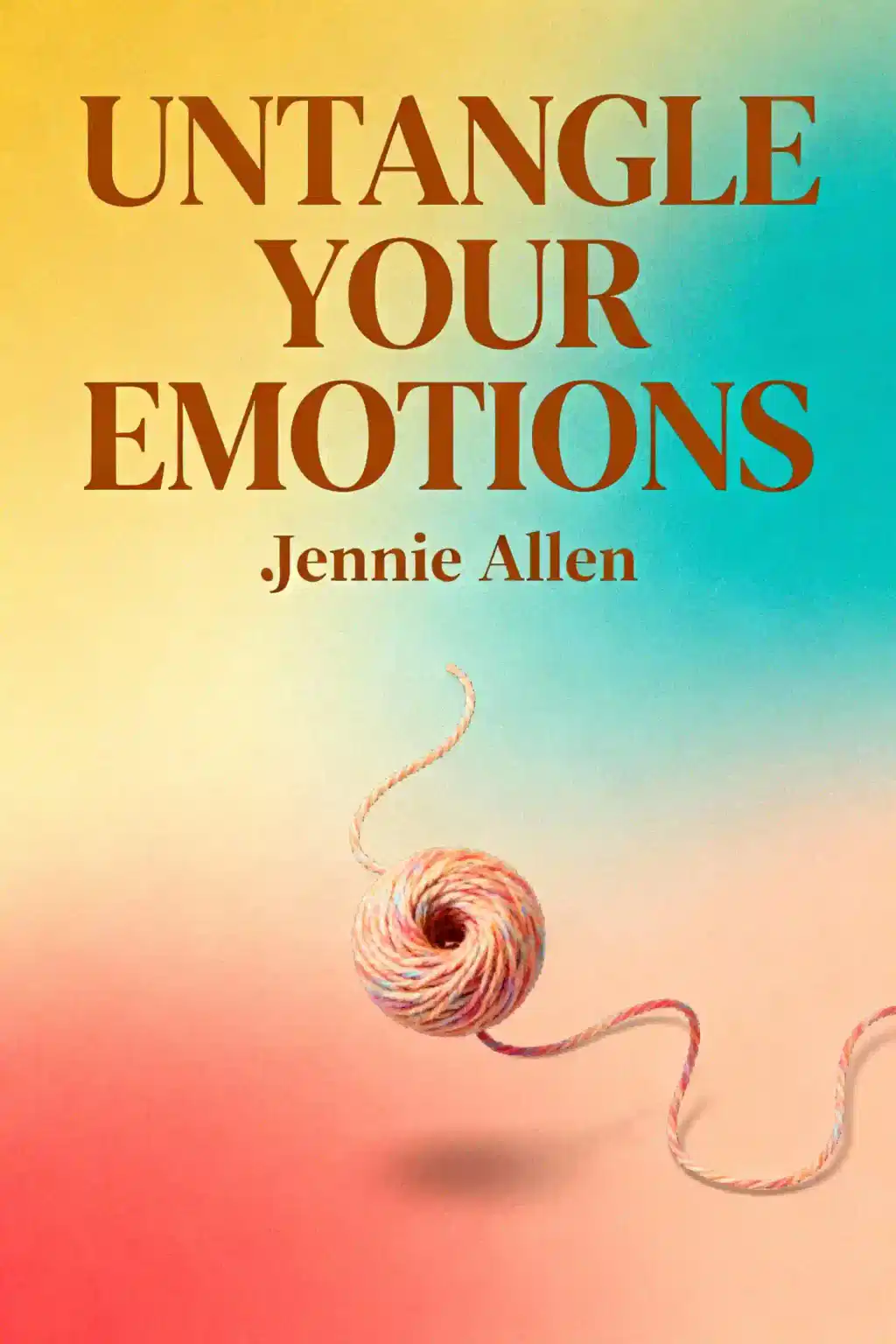What is "The Dance of Anger" about?
"The Dance of Anger" by Harriet Lerner explores how women experience anger in relationships, emphasizing societal pressures to suppress it and the unhealthy patterns that result. It provides practical strategies for expressing anger constructively to assert needs and reshape relationship dynamics. The book uses feminist and family systems perspectives to reframe anger as a valuable signal worth understanding.
Who should read "The Dance of Anger"?
This book is ideal for women navigating intimate relationships, family conflicts, or communication challenges. However, its insights on anger management and relationship patterns are broadly applicable, benefiting therapists, couples, and individuals seeking healthier emotional expression. Readers interested in feminist psychology or self-improvement will find it especially valuable.
Is "The Dance of Anger" worth reading?
Yes, it remains highly relevant for its actionable advice on transforming anger into constructive communication. Critics note dated examples, but readers praise its enduring insights into relationship dynamics and self-assertion. Many revisit it for fresh perspectives, making it a worthwhile resource despite minor shortcomings.
What are the main ideas in "The Dance of Anger"?
Key concepts include:
- Anger as a signal: It indicates unmet needs or boundaries, demanding attention rather than suppression.
- Relationship patterns: Cyclic conflicts (e.g., blame-withdrawal) trap individuals in unproductive "dances."
- Self-focus: Changing one’s own responses—not others’ behavior—disrupts dysfunctional cycles.
Lerner stresses women’s reclamation of voice through direct, non-blaming communication.
How does Harriet Lerner define the "dance of anger" metaphor?
The "dance" describes repetitive, reactive interactions in relationships where anger is mismanaged—such as blaming, avoiding, or overfunctioning. Lerner argues these patterns stem from societal norms discouraging women’s assertiveness. The metaphor illustrates how individuals unknowingly perpetuate conflict through entrenched roles, requiring self-awareness to change steps.
What practical advice does Lerner give for expressing anger?
Lerner advocates:
- Self-focus: Identify your contribution to conflict cycles.
- Direct communication: Use "I" statements (e.g., "I feel frustrated when...") without blame.
- Boundary-setting: Clearly state needs and limits.
- De-triangulation: Refuse involvement in others’ conflicts.
This approach fosters agency instead of reactivity.
What critiques exist about "The Dance of Anger"?
Critics highlight:
- Dated language: Some examples feel anchored to 1980s gender norms.
- Overemphasis on women: Though applicable to all, the framing centers female experiences.
Despite this, readers value its core principles for modern relationship struggles.
How does "The Dance of Anger" apply to workplace or family dynamics?
In families, it addresses parent-child power struggles or marital conflicts by shifting response patterns. At work, it guides handling criticism or asserting boundaries with colleagues. Lerner’s strategies help redirect anger from destructive outbursts to clarity-driven conversations across contexts.
What are key quotes from "The Dance of Anger"?
Notable lines include:
"Anger is a signal worth listening to."
Meaning: It alerts us to injustices or needs requiring action.
"Change requires clarity, not intensity."
Meaning: Calm assertiveness—not rage—drives change.
These quotes underscore anger’s role as a catalyst for growth.
How does Lerner’s feminist perspective shape the book?
She critiques traditional psychoanalytic views, reframing women’s anger as a response to power imbalances—not "irrationality." By linking suppressed anger to patriarchal norms, she validates women’s experiences and empowers assertive communication as a tool for equality.
Why is "The Dance of Anger" still relevant today?
Modern readers value its timeless exploration of emotional suppression and communication barriers. As discussions on mental health and gender roles evolve, Lerner’s framework for healthy anger expression remains a practical tool for self-advocacy in relationships and society.
How does this book compare to Lerner’s other works?
Unlike her later books (e.g., Why Won’t You Apologize?), The Dance of Anger foundationaly addresses anger’s role in relationship systems. It establishes core principles—like self-focus and pattern disruption—that permeate her subsequent writing on conflict and connection.














